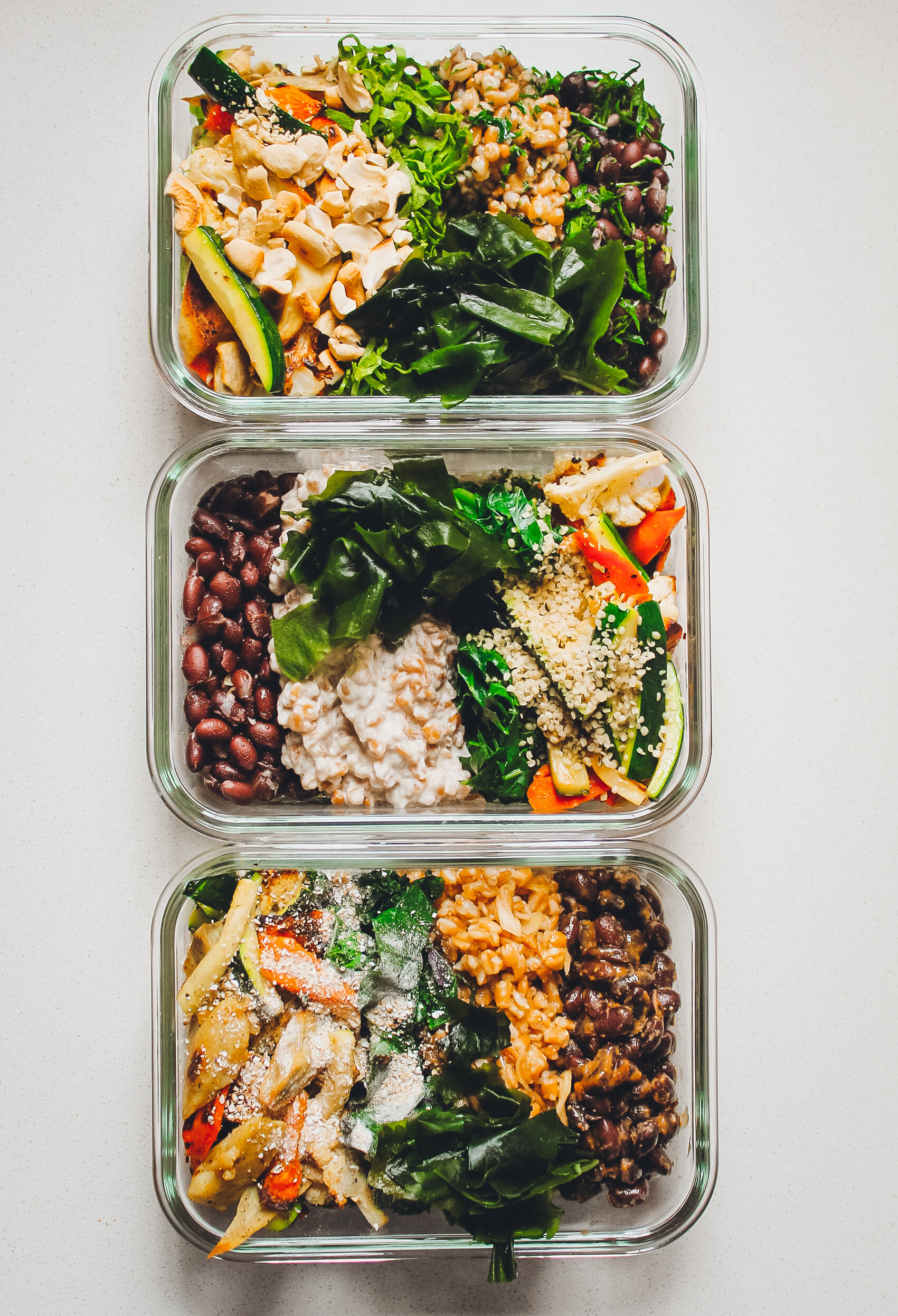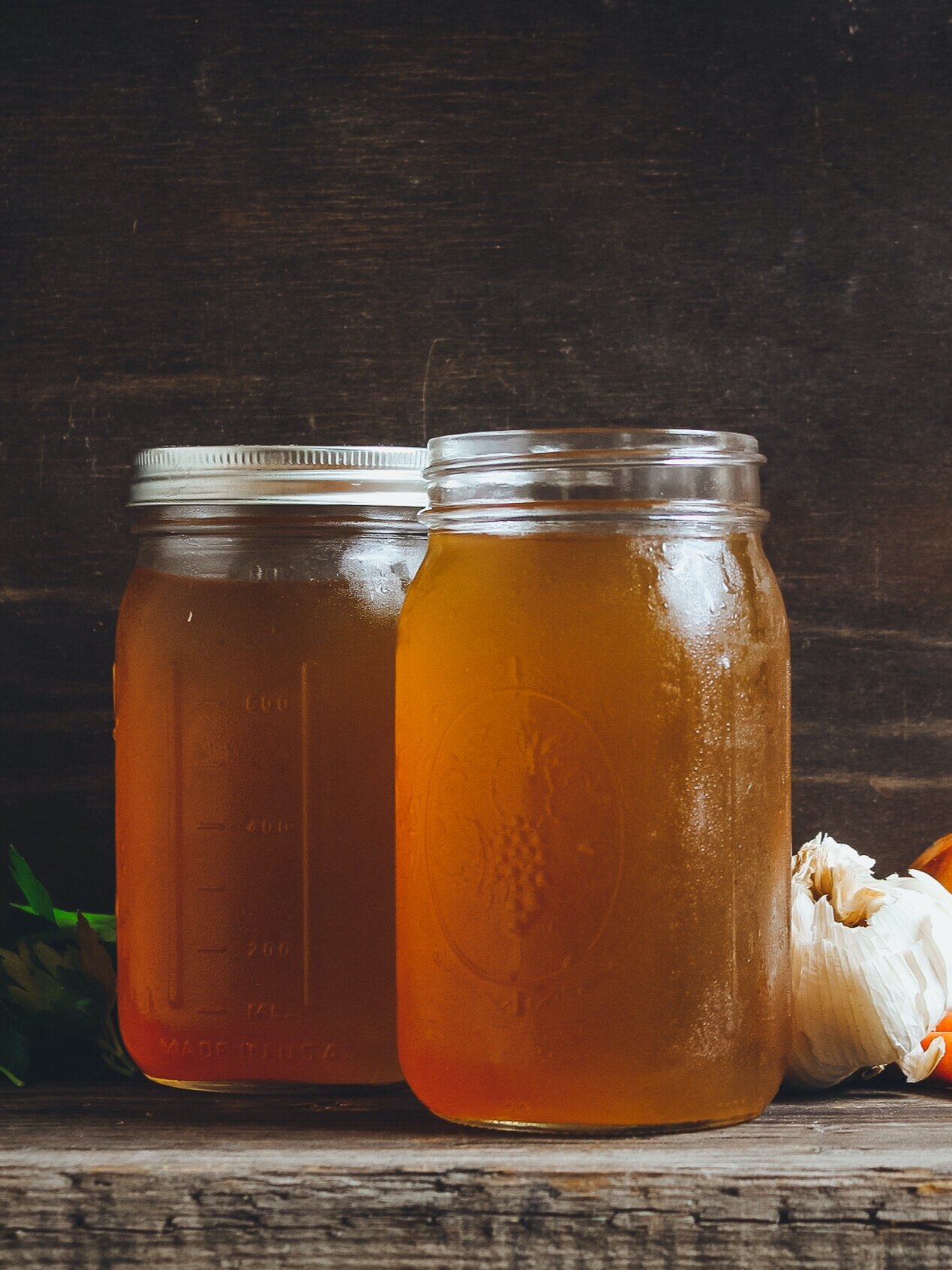5 Tips for Sharpening Your Kitchen Knives Using a Sharpening Stone
June 29, 2021
Every chef knows it’s important to keep your kitchen knives sharp, and this goes for any kitchen—big or small. Believe it or not, you’re more likely to get injured with a blunt knife than with a sharp knife!
And how do you keep it sharp? You can take it to the knife sharpener or use a sharpening stone at home (which is much more convenient). In this blog post I’m going to share the top tips I’ve gathered over the years of using a stone to best sharpen your knife (and a couple of handy tricks!).
-
Use the right sharpening stone
Firstly, you’re going to want to pick a sharpening stone that matches the quality of your knife. Is your knife ceramic? Japanese blade? A hybrid? A quick Google search or (better yet) someone at the store you bought your knife at will tell you whether you should use an oil, water, natural or diamond stone to sharpen the kind of knife you have. This is key because the wrong kind of stone can end up destroying your knife.
2. Know your knife’s sharpening angle
A knife’s sharpening angle refers to the angle its blade is cut—meaning if you looked at the blade with the tip facing you and the handle facing away from you, at what angles do both sides of the blade come out from the center? (you might have to close one eye to see it!). If you can’t see it, don’t worry you don’t have to guess. You can also ask the salesperson or look this up for your particular knife model.
And the thing is, no matter how your knife was made, you can sharpen it at whatever angle you want. Western knives tend to not be double-beveled so their sharpening angles are usually 80(front)/20(back). Japanese knives, on the other hand, tend to be sharpened at a 70(front)/30(back) angles, but every chef is different. Find what works for you and stick to it. Here, I’ll be walking you through how to sharpen at a 70/30 angle.
3. Start with the back of your knife
For knife sharpening beginners, use pennies to help you out with your angles. Yes, pennies! Grab 3 pennies and stack them up. This is the height at which you should hold your knife as you slide it across the sharpening stone for a 70º sharpening. Lay the back of your knife on the stone and place the stack of pennies under the left side of the blade, lifting it up so that the blade is making contact with the stone and sitting well on the sharpened angle (not parallel on the stone). The pennies are there to show you at what angle you need to keep the knife while going back and forth with it on the stone. Take the pennies out from under the blade and start sharpening the knife back and forth on the stone at that angle for about 7 minutes.
4. Sharpening the front
Flip the knife to the other side of the blade and now, using a stack of only 2 pennies, do the same thing on the right side of the knife. Remember that the blade should be sitting flat on the stone at the angle it’s already been sharpened at. Sharpen for about 10 minutes, until a burr is formed.
5. Use a finishing stone
Whichever kind of stone you use, you’re going to want to polish off your newly-sharpened knife with a slightly higher grade stone. Lower-grade stones shave off more metal, but high-grade stones (around 2,000-5,000) are good for finishing. They only take a little bit of metal off, which will leave your knife looking cleaner and polished after the real sharpening happens.



be the first to comment